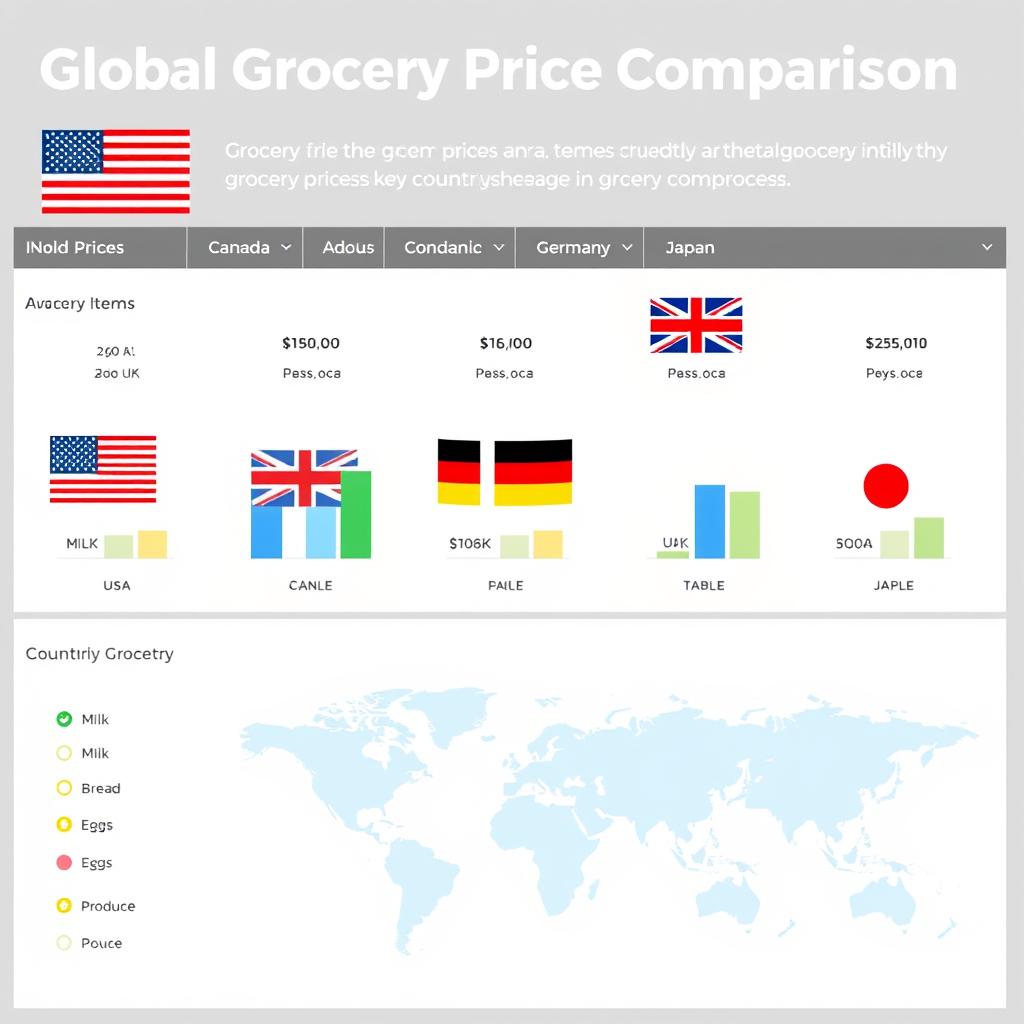In the fast-paced world of online grocery retail, maintaining accurate and competitive pricing across diverse markets is mission-critical. Our client, a top-tier grocery delivery platform operating across North America and Europe, faced several key challenges as it expanded operations into five major countries.
Operating in five regions introduced complexities such as currency differences, regional pricing strategies, and product variations.
Manual processes for competitor price tracking caused delays, inconsistencies, and inefficiencies across the pricing workflow.
Without a centralized system, it was difficult to compare pricing data across thousands of SKUs, leading to inconsistent pricing decisions.
Competitor pricing data was often incomplete or outdated, impacting the platform’s ability to remain competitive in real time.
Regional differences in product naming and packaging made it difficult to match and compare similar SKUs across markets.
The team lacked a scalable grocery scraping solution that could automate and sustain accurate daily price collection from a large volume of retail sources.
These issues led to pricing discrepancies, slower response times to market changes, and limited visibility into the competitive landscape.

Ensure continuous access to up-to-date pricing data from grocery retailers operating in five different countries to support dynamic and competitive pricing decisions.
Eliminate reliance on manual tracking by introducing an automated system capable of monitoring thousands of SKUs daily with high accuracy.
Provide region-specific insights that support localized pricing strategies and enable the business to adapt quickly to each market’s dynamics.
Reduce operational overhead by minimizing repetitive data collection and processing tasks, allowing internal teams to focus on higher-value activities.
Empower decision-makers with structured, real-time data to improve the precision and speed of pricing and promotional actions.
Develop a centralized and scalable platform capable of aggregating, normalizing, and delivering pricing data from multiple countries and retail sources.
Implement a real-time scraping infrastructure that can extract structured data on pricing, stock availability, and promotions from various grocery platforms.
Integrate machine learning models to accurately map and compare similar products across different regions, despite naming or packaging differences.
Develop user-friendly dashboards and reporting tools that provide actionable insights and support daily pricing operations across markets.
Ensure seamless integration with internal pricing and decision-making systems to automate the flow of competitive intelligence into live business processes.
We delivered a custom Grocery Price Tracking Automation Platform built specifically to meet the client’s multi-regional needs:
Built a high-frequency scraping infrastructure to collect live grocery pricing and stock data from major retailers and delivery apps in five key countries.
Leveraged machine learning algorithms to match equivalent SKUs across different regions, languages, and packaging formats.
Centralized the collected data into a unified, normalized format to support accurate comparisons and integration with downstream systems.
Developed custom dashboards that presented competitor pricing trends, product-level analytics, and regional comparisons in a visually intuitive format.
Enabled automated reporting and alerts for pricing teams to act on significant market changes instantly.
Integrated the platform into the client’s internal pricing systems to drive real-time decision-making without human intervention.
Scraping & Crawling: Python, Playwright, Scrapy
Machine Learning: NLP-based SKU matching, vector similarity models
Infrastructure: AWS EC2, Lambda, CloudWatch
Data Layer: PostgreSQL, Redis, AWS S3
Dashboards: Custom React Dashboard
Integration: RESTful APIs, webhook triggers, JSON data feeds
Security: Proxy rotation, bot protection bypass, failover handling
Real-time pricing visibility achieved across five countries with full automation.
Enabled faster and more precise pricing decisions across all operating regions.
Reduced manual workload by more than 80%, freeing up internal resources.
Improved competitiveness through data-driven localized pricing strategies.
Provided a scalable solution that supports continued international growth with minimal overhead.
Last Updated: 21-04-2023